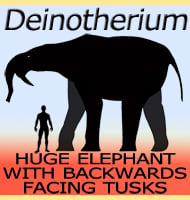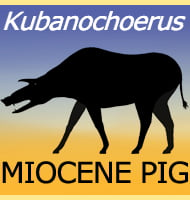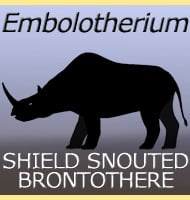Palaeochiropteryx
In Depth Despite the fact that fossils of Palaeochiropteryx are dated all the way back to the Lutetian period of the Eocene, this bat is already almost like modern day bats are. In depth study of the cochlea of Palaeochiropteryx has revealed that it as an intermediate level of development, meaning that it was not … Read more


